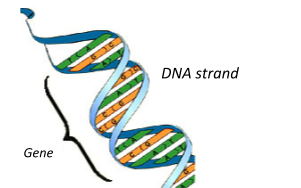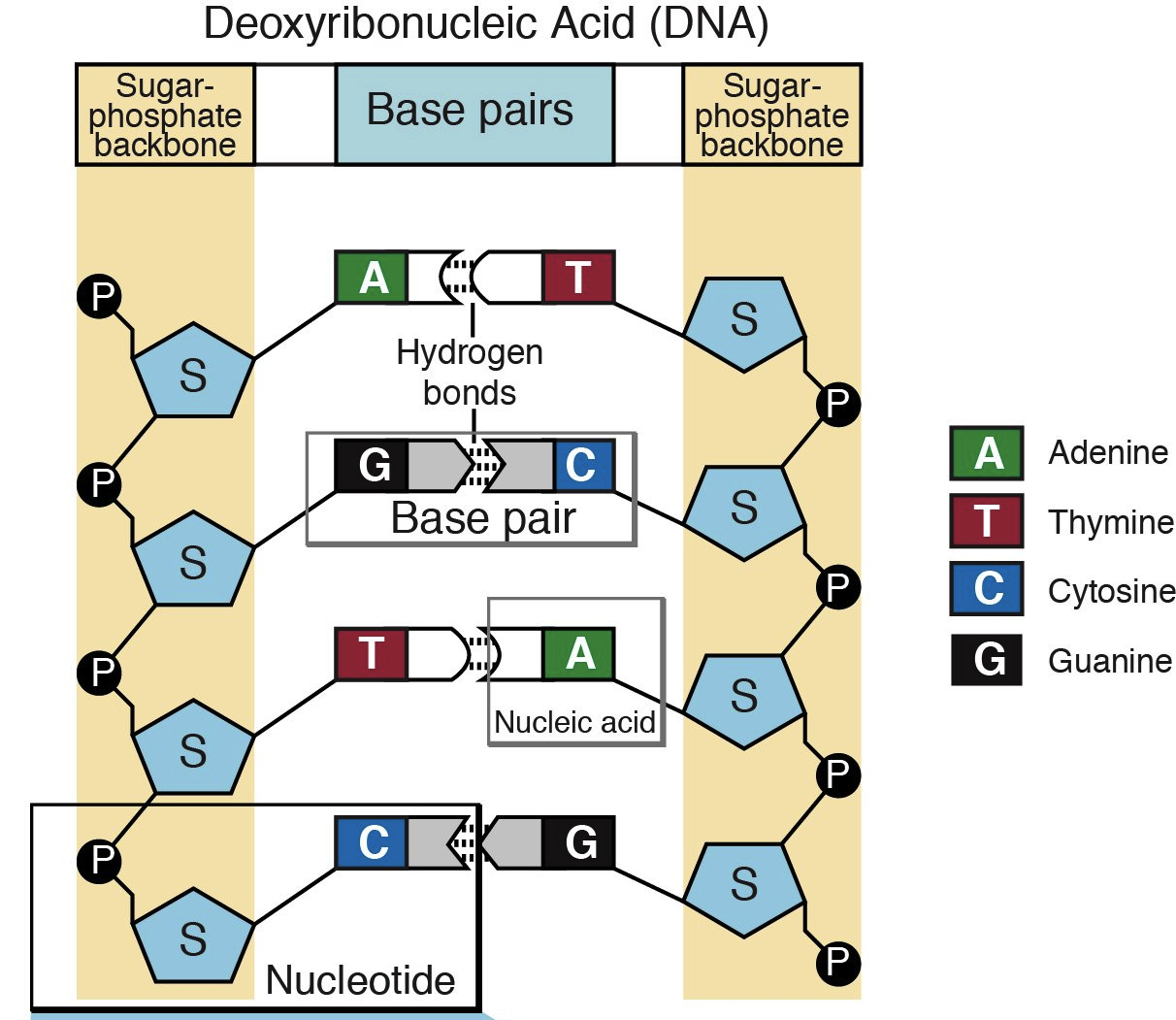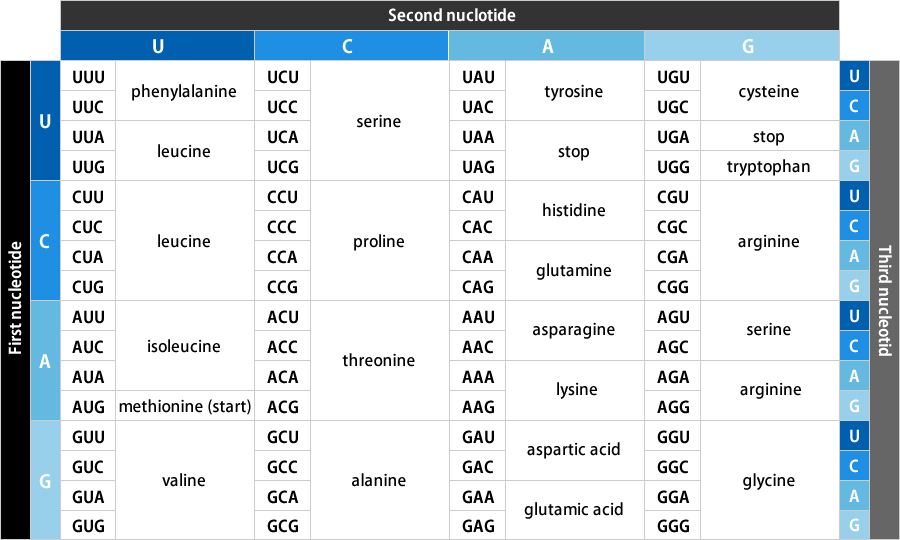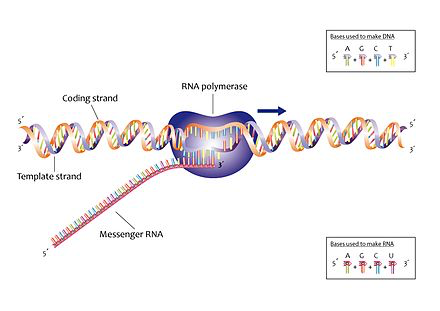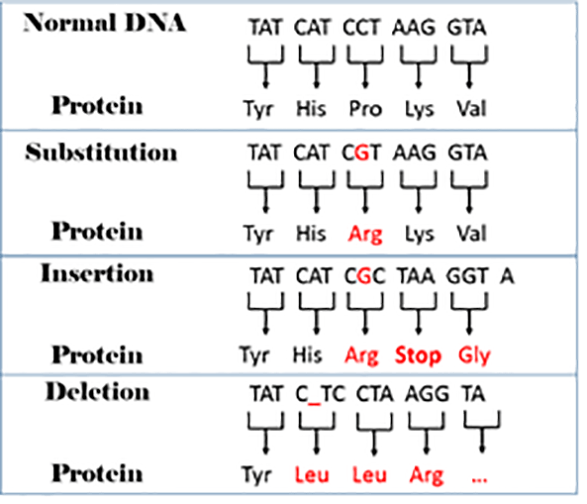DNA and Reproduction
DNA
DNA stands for deoxyribonucleic acid, and here are some things you’ll need to know about it:
- It’s found in the nucleus of cells
- It is basically a long code of information, you can think of it as the instructions for an organism body.
- It is a polymer chain
Chromosomes
DNA coils up to form chromosomes, and here are some things you’ll need to know about chromosomes:
- In the nucleus of each normal cell, you have 46 chromosomes, which form pairs. So you have 23 pairs of chromosomes.
- 23 of these chromosomes are from your biological father and 23 are from your biological mother. The chromosomes that form a pair are the same type of chromosome (code for the same things) but have different codes.
Genes
A section of a chromosome codes for a specific thing, such as eye colour.
Each section is called a gene. Here are some things you’ll need to know about Genes:
- Proteins are made out of amino acids all put together, the gene tells the cell which amino acids to make and how to put them together (to make a protein).
- There are only 20 different amino acids but thousands of proteins that can be made.
Genome
- A Genome is the entirety of the genetic information for an organism.
DNA Structure
Let’s zoom in on the DNA strand even more:
- A nucleotide is a molecule made of a phosphate molecule, a sugar and a base. There are four types of bases that could be connected to the sugar; A, T, G or C.
- Billions of nucleotides come together to form a long polymer chain.
- This chain consists of a phosphate-sugar backbone with the various bases attached to the sugar in the backbone.
- Two chains connect through complementary base pairing to made the whole DNA strand.
- Complementary base pairing means that the bases only form bonds with certain other bases;
- A always bonds with T
- G always bonds with C.
- Some parts of the DNA don’t code for proteins, but actually stop and start codes. Which basically tells the cell where genes start and where they end.
- Three bases made a codon, each codon codes for a specific amino acid. I.e. TAT codes for Tyrosine amino acid, AGT codes for the Serine amino acid.
This is all the ‘codons’ for all 20 amino acids. You DO NOT need to know these, just understand it.
Summary: a DNA strand is made of a two sugar-phosphate backbones, connected in the centre with base pairs.
Protein Synthesis
Proteins are made by ribosomes that are found in the cell cytoplasm. The ribosomes need the code from the DNA in order to make the proteins, however, DNA is too large to leave the nucleus! Cells get around this by making a strand of mRNA. mRNA stands for Messenger RNA.
mRNA
mRNA is made by copying the code from DNA by using the DNA as a template. An enzyme comes and splits up the strand of DNA, exposing the bases. Spare bases within the nucleus come and form bonds with the exposed DNA strand. This makes a strand of mRNA. The mRNA only forms a copy one gene since it knows when to start the codying and stop the copying when it reaches a start and stop base.
Making proteins
The mRNA leaves the nucleus and heads to the ribosomes. The mRNA tells the ribosomes how to make the chain of amino acids. When the ribosome has made the chain of amino acids, this chain folds in a unique way to make a protein!
There are many different types of proteins:
- __Enzymes __- these act as biological catalysts for chemical reactions inside cells.
- __Hormones __- These are proteins that are used to carry signals around the body.
- Structural proteins - These are very strong and are used to strengthen certain thing within the body, such as ligaments.
Mutations
A mutation is a random change. Mutations can happen in DNA sequences when DNA is replicated. The likelihood of a mutation occurring increases when the body is exposed to certain substances and radiation.
Some mutations in the DNA sequence have very little/no effect on the protein that is made. However, some mutation can massively change how the protein behaves when it is made.
There are three types of mutation that can happen in a DNA sequence:
- __Insertions __- this is where an extra base is added accidentally somewhere along the chain.
- __Substitution __- This is where a base is replaced by a different base somewhere along the chain.
- __Deletion __- This is where a base fails to be added to a chain
As you can see, a mutation in the DNA sequence can completely change what amino acids will be put together! Insertion and deletion mutations can completely change how the rest of the chain is read, since the change has a knock on effect. Substitutions can only change one amino acid (since it doesn’t have a knock on effect). Substitutions don’t always cause a mutation in the protein, since multiple codons code for one amino acid.

